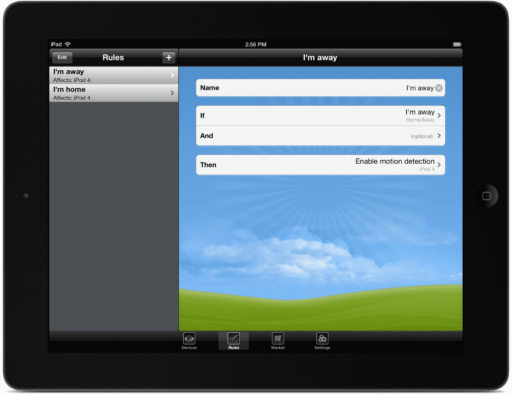For long, government agencies have craved for the data of billions of users on social media sites. Authorities want this data to keep an eye on people, but to do so is a direct infringement of citizens’ privacy rights. Raytheon is a defence contractor who has created a software which can mine social media data of the users and can predict future behavior.
Raytheon is the world’s fifth largest defence contractor. The software it has created to gather intelligence regarding social media users is called RIOT or Rapid Information Overlay Technology. Apparently, RIOT makes use of ‘extreme-scale analytics’ system which allows it to round up hordes of information from social media sites. Based on this information, the software may be able to predict the future behavior of a given user.
Naturally, as soon as Guardian revealed the nature of RIOT, Raytheon was quick to claim that it hasn’t sold the technology to any client. The tricky part is that the company did ‘share’ its technology with the U.S. government and the military, apparently at the pretext of conducting a joint research. The research was meant to create a national cyber security solution which essentially means that the U.S. government may intend to use RIOT to keep an eye on the social media users.
Guardian obtained a video about how RIOT works and then posted it online. The video gives a deep, and frightening insight, into how the technology works and how it can be used for the surveillance of virtually the entire social media landscape.
Raytheon, on the other hand, defends its technology and a spokesperson for the company states, “Its innovative privacy features are the most robust that we’re aware of, enabling the sharing and analysis of data without personally identifiable information [such as social security numbers, bank or other financial account information] being disclosed.”
As innovative as the technology may be, the video shows that it provides third parties the most intimate details about the social media users, details which can then be used to actively monitor those users. These details include the location at which a user’s photos have been taken, the locations he has been to, the places he is likely to visit and a lot, lot more. The notion is scary but apparently, security agencies are adamant on making the entire digital arena a security state of sorts.
Source: Guardian
[ttjad keyword=”android-phone”]




